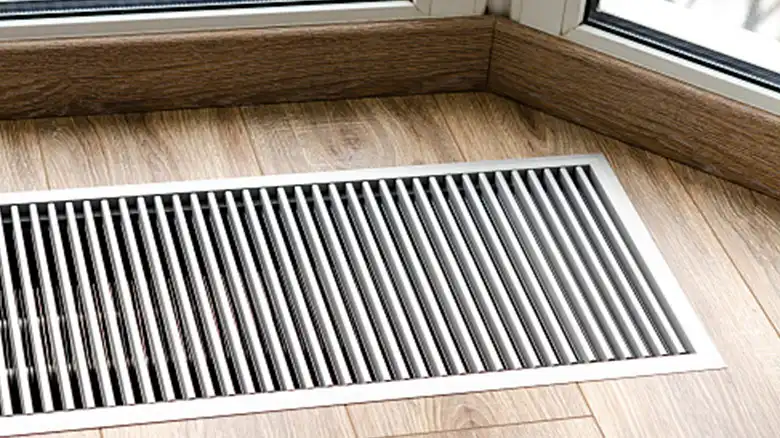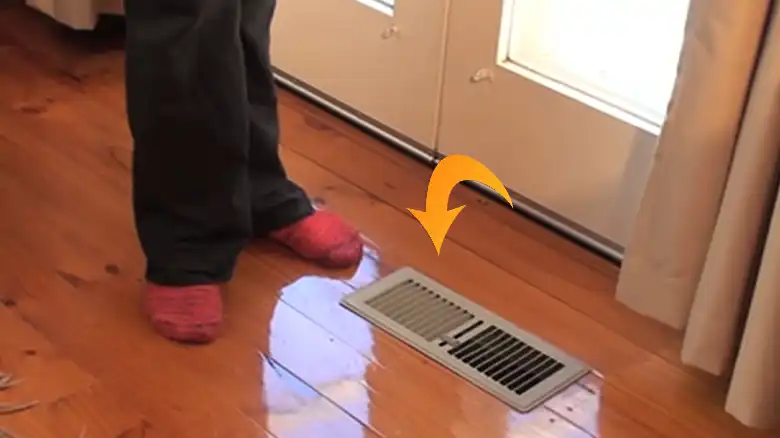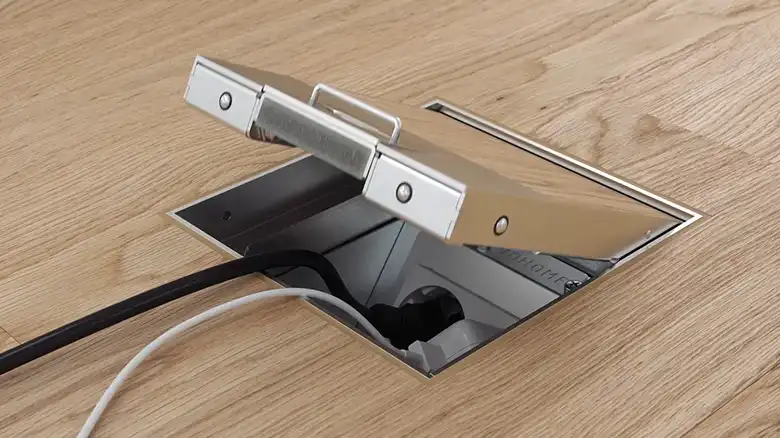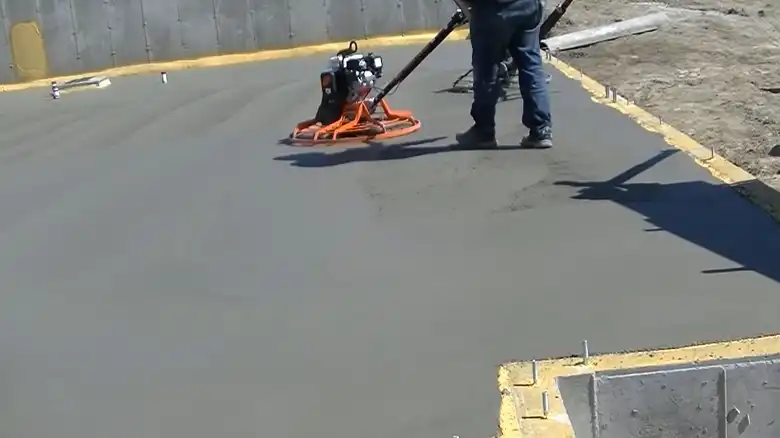Installing a dryer on the second floor of your home can seem daunting when it comes to proper ventilation. But with careful planning and adherence to building codes, venting a dryer from an upper floor is very doable.
Many homeowners are hesitant to install laundry facilities on upper levels due to concerns about venting. However, there are several effective and safe methods for venting a dryer from the second story of a home. With the right approach, you can have the convenience of laundry upstairs without worrying about proper ventilation.
In this article, I will explain the main methods for venting a dryer on an upper floor. Also, will review the building codes you need to keep in mind when planning your second-floor dryer venting. With some basic knowledge and adherence to local regulations, you can install a well-vented laundry room on the second story.
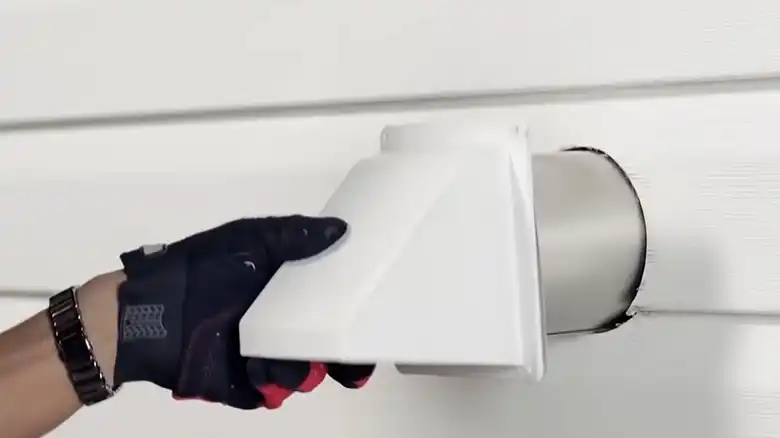
Ways for Venting a 2nd-Floor Dryer
You see, we all love our trusty dryers; they’re like our personal clothing fairies, magically drying our clothes and making our lives easier. But the thing is, dryers can get pretty steamy, and if you’ve got a second-floor laundry room, you’ve got to get a little creative with venting. Here are some proven methods for venting that second-floor dryer without turning your home into a sauna:
Through the Roof
Venting straight up through the roof is often the most direct and efficient way to vent a dryer on an upper level. This involves installing a vent hood and duct that extends directly vertically through the second-floor ceiling and roof.
The duct run should be as short and straight as possible. Elbows and bends in the ductwork can trap lint and moisture, so a straight vertical run is ideal. The vent hood on the roof should have a damper flap to prevent backdrafts.
Through the Wall
It is also possible to vent a second-floor dryer through the exterior wall. This involves running rigid metal ductwork horizontally from the dryer to the outside.
The duct should take the shortest possible path with minimal bends. Vent hoods with dampers will be installed on both the interior and exterior walls. The exterior vent hood should have a protective cover to keep out rain, leaves, and animals.
Down and Out
If the laundry room is directly above the first floor, venting down through the floor and then out the first-floor wall is an option. This involves dropping the vent down through the floor joists and then making a 90-degree turn out through the first-floor exterior wall.
As with all venting, the run should be as short and straight as possible. This method avoids penetrating the roof but can present challenges in routing the ductwork through the floor framing.
Shared Venting
In some cases, the upper-floor dryer can share venting with an existing lower-floor dryer. The second-floor duct is connected to the ground-floor duct with a Y-joint.
This is only permitted if the combined duct run meets the maximum length permitted by the code. The shared venting must also be able to handle the cumulative airflow from both dryers.
Note – If you are looking for the most durable and reliable option, then rigid metal duct is the way to go. However, it is important to note that rigid metal ducts can be more difficult to install than flexible ducts.
If you are on a budget or you need to vent your dryer around a tight corner, then a flexible duct may be a better option. However, it is important to inspect your flexible duct regularly for kinks and tears.
Venting Codes that You Will Need to Follow
When installing dryer venting on upper floors, there are several building codes and standards that must be followed:
- Be made of rigid metal ductwork with a smooth interior finish and a minimum thickness of 0.0157 inches (0.3950 mm) (No. 28 gage).
- Be 4 inches (102 mm) nominal in diameter.
- Be supported at intervals not to exceed 12 feet (3658 mm) and secured in place.
- Have the insert end of the duct extend into the adjoining duct or fitting in the direction of airflow.
- Have a maximum developed length of 35 feet (10668 mm) from the dryer to the outlet terminal.
- Be terminated at least 3 feet (914 mm) from property lines, operable and non-operable openings into the building, and mechanical air intakes, except where the opening is located 3 feet (914 mm) above the air intake.
Why Properly Venting a 2nd-floor Dryer is Mandatory?
Properly venting a second-floor dryer is mandatory for the following reasons:
- Safety: Dryers generate a lot of heat and lint, and venting the dryer to the outside helps to prevent fires. Lint is a highly flammable material, and if it builds up in the dryer vent, it can ignite and cause a fire.
- Efficiency: When a dryer is properly vented, it runs more efficiently and dries clothes more quickly. This is because the hot, moist air is able to escape the dryer and be replaced by cooler, drier air.
- Air quality: Venting a dryer to the outside helps to improve indoor air quality. This is because the hot, moist air from the dryer can contain pollutants such as carbon monoxide and nitrogen dioxide. Venting the dryer to the outside helps to remove these pollutants from the home.
In addition to these safety and health concerns, there are also practical reasons to properly vent a second-floor dryer. A well-vented dryer will dry clothes more quickly and efficiently, which can save you money on your energy bills. It will also extend the lifespan of your dryer by preventing lint buildup and overheating.
Conclusion
Venting a dryer located on the second floor does require some additional considerations compared to first-floor laundry rooms. However, there are several effective methods that allow you to install a safe, properly vented upper-floor dryer. With rigid metal ductwork, a short and direct run, and proper termination, your dryer can be safely vented through the roof, wall, or down and out. Following building codes for vent sizing, length, slope, and termination is also essential. With careful planning and professional installation, venting a second-floor dryer is a very feasible project that will provide added convenience in your laundry room.

